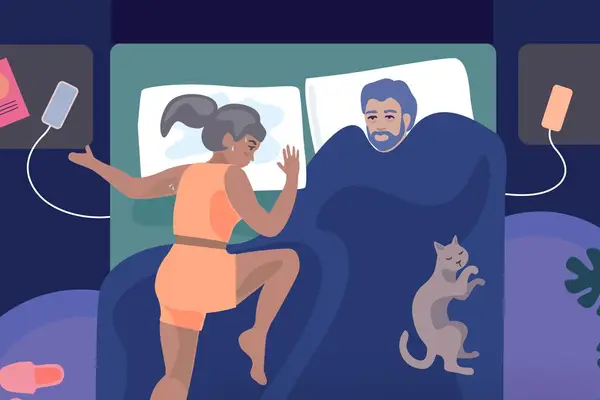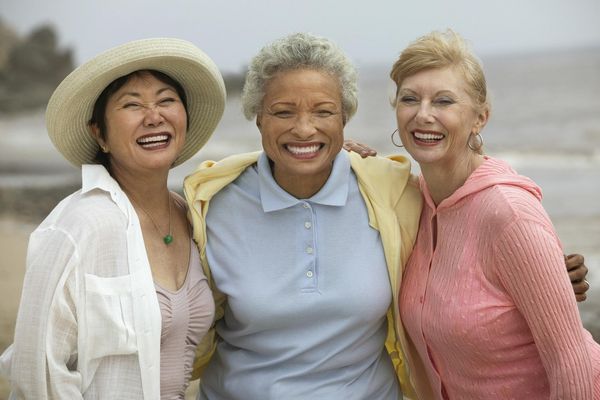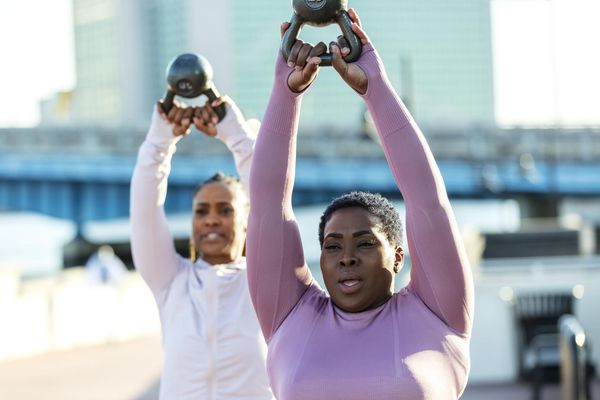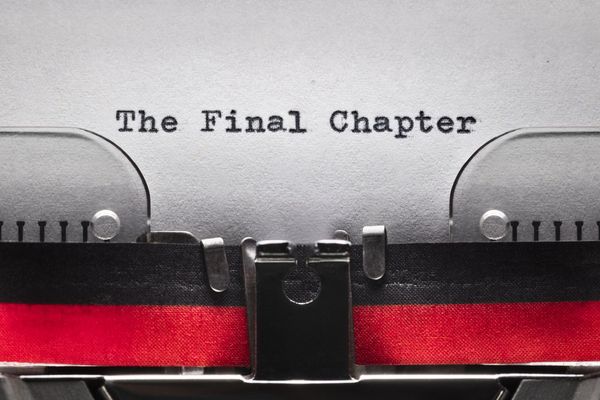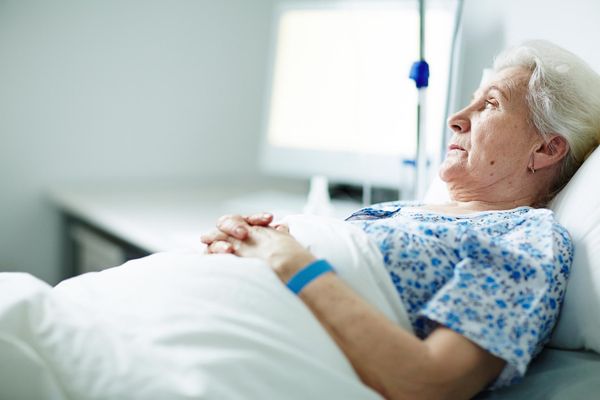You may think that your pulse, blood pressure and weight are the most important vital signs your health care professional measures to gauge your health. But, for most older adults, grip strength, ability to do even a single push-up, the speed at which you walk, and the number of medications you take may be much more predictive of how well you live and your longevity than almost anything else.
It makes sense that the greater your walking speed, grip strength and push-up ability the better shape you are in and the longer you may live. When it comes to the fourth vital indicator, the fewer the medications you take the better.
This post was inspired by a June article in The Atlantic titled, The Power of One Push-Up, by Dr. James Hamblin. I thank him for so elegantly expressing the importance of rethinking what vital signs really mean and which ones may be more important.
When I was in nursing school, and later medical school, I was taught the importance of measuring four key vital signs: temperature, pulse, respirations and blood pressure (commonly abbreviated in your medical record as TPR and BP). Almost every interaction with a patient included a check of these vital signs. But how important are they?
If you have a medical emergency, these numbers are incredibly important and will help medical professionals quickly assess how sick you are and what may be wrong. Monitoring your blood pressure is always important, too.
Over the years, other "vital signs" such as pain, body mass index (BMI) and waist size have all been suggested. But these signs tend to pertain mostly to younger adults and did not accurately correlate to longevity.
In the late 1990s, the level of pain a patient was experiencing was often referred to as the fifth vital sign. However, considering pain assessment as a vital sign led to heightened focus on treating pain and sometimes overprescribing pain medications. Pain is a symptom, not a sign, and can't be reliably measured. Most experts are in favor of avoiding referring to pain as a vital sign.
Vital Signs for Younger Adults
In my book, Apples & Pears: The Body Shape Solution to Weight Loss and Wellness, I wrote about the importance of your body shape in determining your health future. I called measuring the waist circumference or waist-to-hip ratio the fifth vital sign. For younger adults, knowing whether you tend to store extra fat in your butt, hips and thighs (pear-shaped) or your abdomen and upper body (apple-shaped) is important to predict your health future.
Your body shape is defined by measuring your waist-to-hip ratio. The larger your waist relative to your hips, the greater the storage of more dangerous belly fat (visceral fat) and the greater your health risk. My book describes things you can do to minimize waist gain.
Knowing your total weight and calculating your BMI are important, too, but studies have shown that your waist size and waist-to-hit ratio may matter even more. Excess weight stored in the abdomen is metabolically active and contributes to an increased risk of diabetes, heart disease and some cancers.
A World Health Organization (WHO) study found that when evaluating newer risk factors for heart disease, the waist-to-hip ratio was three times more powerful in predicting heart disease than BMI.
A more recent article in the European Heart Journal found that postmenopausal women with the highest amount of "waist fat" had a 91 percent increased risk for heart disease or stroke.
So at any age, body shape matters, especially waist size.
Vital Signs for Older Adults
When it comes to predicting your health condition and your health future as an older adult, the traditional vital numbers may be less important than the objective information or "signs" gained from measuring your overall strength and mobility which include: grip strength, ability to do a push up and the speed you walk.
Last but not least, I had to include a fourth vital sign: the number of medications you take. Studies have found in older adults the more medications you take, the higher your risk of side effects such as confusion, falls and even death. It also increases risk for emergency room visits and hospitalizations.
These four vital signs are called "signs" because they can be objectively measured. For geriatricians, they have always been an important part of the geriatric assessment. They should be an important consideration for you or a loved one as well.
Grip Strength
Over a half a million people in the United Kingdom, ages 40 to 69, were tested for strength, including grip strength, and followed for over seven years. The goal of the study, published in 2018, was to see how well muscular strength correlated with longevity and risk for cancer, heart disease and other conditions.
It turns out that the simple measurement of grip strength was highly correlated with longevity, cardiovascular disease, chronic lung disease and many cancers. In other words, grip strength really matters.
Studies have shown that handgrip strength is linked to leg muscle strength too—the stronger your leg muscles, the stronger your grip. This finding is not entirely surprising. Strong leg muscles mean better mobility, such as walking and reduced falls. Strong leg muscles are a great sign of a healthy lifestyle that includes regular exercise and a great diet with adequate vitamin D and fatty fish.
(Note: Grip strength was measured using a Jamar Hand Dynamometer, which is easy to use but costly to buy for individual use.)
Ability to Do a Push-Up
Although the evidence for push-ups helping older adults is not as well studied as grip strength, push-ups have been linked to reduced heart disease in some populations. A study in JAMA of over 1,500 firefighters up to 66 years old showed that the ability to perform push-ups was strongly linked to cardiovascular disease. The more push-ups you could do, the lower the risk of heart disease.
Push-ups can strengthen your upper body and help you protect yourself if you fall, too. Two remarkable older adults come to mind when it comes to longevity. I spoke previously about the incredible Supreme Court Justice Ruth Bader Ginsburg. The opening scene in the documentary titled RBG showed Justice Ginsburg performing a plank position, which requires great core muscle strength. I suspect she can do push-ups, too.
A recent 60 Minutes episode featured the 99-year-old attorney who led the Nuremberg trials following World War II. Incredibly he remains extremely healthy and fit, performing aerobic exercise and push-ups as part of his daily routine. To quote the producers of the segment: "Watching Ben Ferencz during his daily swim, his gym workout and his morning push-up regimen is to realize he isn't just the sunniest man we've ever met—he may also be the fittest."
Push-ups are hard and need to be done correctly. I found this article in Harvard's Men's Health Newsletter helpful if you aren't sure how to get started. I think anyone who does daily push-ups has a lot of motivation and therefore likely has many other healthful behaviors.
Walking Speed
When I think of many frail older adults, such as my father-in-law, I remember his poor balance and slow walking speed, also known as gait. How often do you see older adults leaning on a grocery cart for support and balance as they slowly walk stooped along the aisles? Frail older adults are more susceptible to the effects of aging and have an increased risk of death. You may notice a frail parent or loved one because they are typically weak, slow in all physical activities, describe exhaustion or fatigue, and lose weight without trying.
Fortunately, most older adults are not frail, yet walking speeds remain important. Those adults with greater walking speeds live longer.
A study of over 35,000 adults, age 65 and over, found that those with greater walking speeds lived longer than those with a slower gait. A good walking speed was about 2.6 feet per second which means walking about a mile in half an hour. Do you know your walking speed? If you walk on a treadmill, what is your comfortable pace? Can you push yourself further?
To quote the study authors: "Walking requires energy, movement control, and support and places demands on multiple organ systems, including the heart, lungs, circulatory, nervous, and musculoskeletal systems. Slowing gait may reflect both damaged systems and a high-energy cost of walking."
No surprise that walking speed is a routine part of a geriatric assessment. Another article in the Journals of Gerontology addresses the importance of walking speed measurement in routine assessments of an older adult.
Walking at any pace is an easy way for most adults to include exercise in their daily routines and lower their risk of cardiovascular disease. Walking speed is a cheap and easy vital sign to measure. It is measured by recording the distance walked divided by the time it takes. All you need is a long hallway and a stopwatch to measure or a treadmill.
To Sum It Up
There is nothing magic about great grip strength, push-ups or walking speed. But they are all something we can focus on—achieving them is in our control. The research reminds us that as we age, the lifestyle we adopt is more important than the genes we inherit.
You may be asking, "What is the point of measuring these signs if you aren't going to do anything about it?" There is a lot you can do. Consider starting with something easy and inexpensive such as resistance training for you or your loved ones. Resistance training works, we just need to find the best ways to help seniors develop a regular program that works for them. Resistance exercise will go a long way to help improve grip strength, the ability to do a push-up and walking speed.
When I cared for elderly nuns years ago, I used resistance bands to help them with upper body and leg strength. They spent hours in the TV room in their lounge chairs. We tied resistance bands to the chairs as a reminder and ever-present resource for them. Small, consistent and easy steps are what works. I reminded them to use the bands during every commercial break. The nuns were lucky to live in a community with other older adults. They could encourage each other to adopt healthier lifestyles.
On the other hand, simplifying our medications may not always be as easy for us to control. However, there are lots of things we can do. The number of medications we take is a measure of our general health and the number of medical conditions we have. They are also a measure of how quickly we are to accept a prescription and take a pill rather than adopt a healthier lifestyle as a better alternative.
Taking a few steps to reduce our medications to only those that are effective and safe and that treat something that really matters is a great place to start. Just stopping one medication that you don't need or may be unsafe can make a huge difference.
Can you do a single push-up? How quickly do you walk? What about your grip strength? Have you considered tying a resistance band to your chair or doorknob to remind you to strengthen your muscles every chance you can?
Last but not least, how many medications do you take daily?
As always, I welcome your comments and questions.
Marie Savard, MD, is a trusted voice on women's health, wellness and patient empowerment. She currently writes a blog called Ask Dr. Marie, where this column first appeared. Her blog focuses on the challenges of medication overload in older adults and what caregivers can do to help. Dr. Savard is a former ABC News Medical Contributor and author of four books including her most recent, Ask Dr Marie: What Women Must Know about Hormones, Libido, and the Medical Problems No One Talks About. She lives in Philadelphia with her physician husband and has three grown sons.


